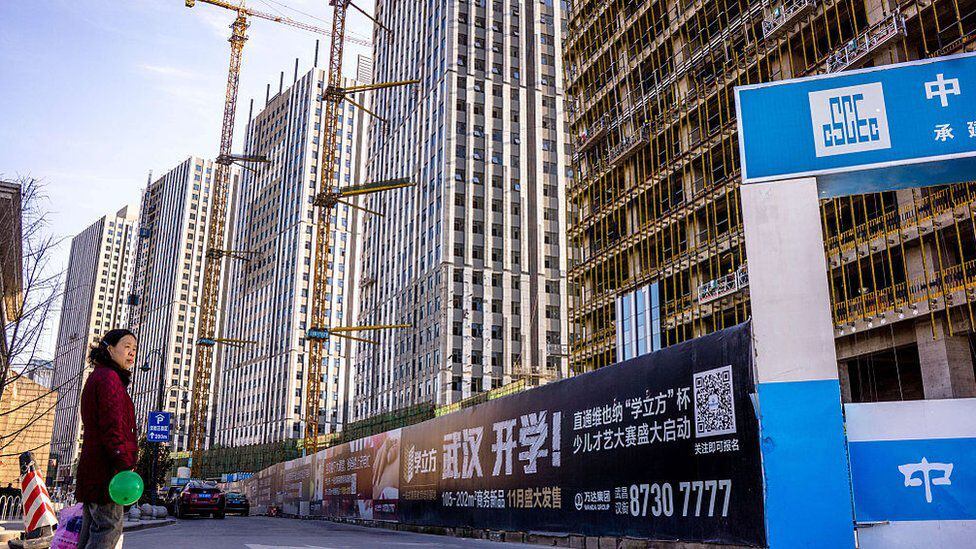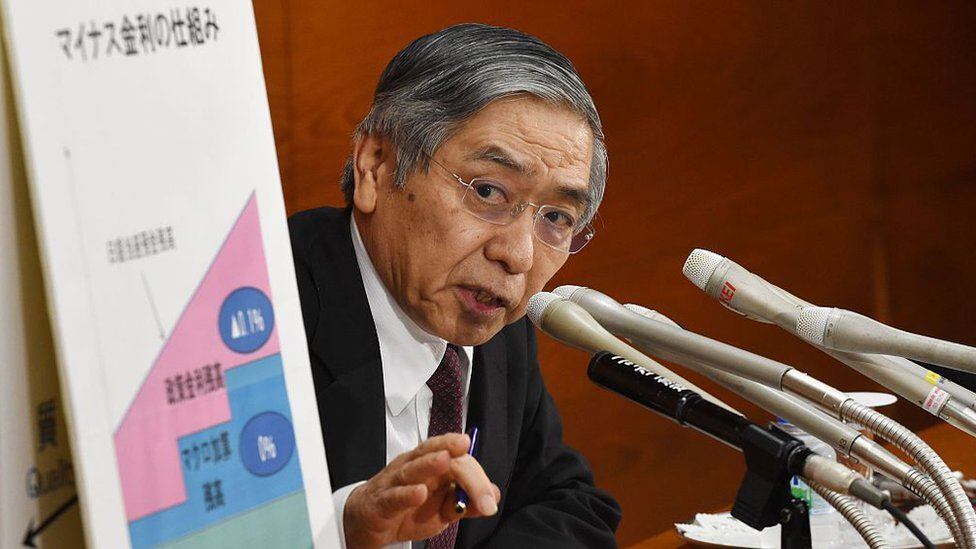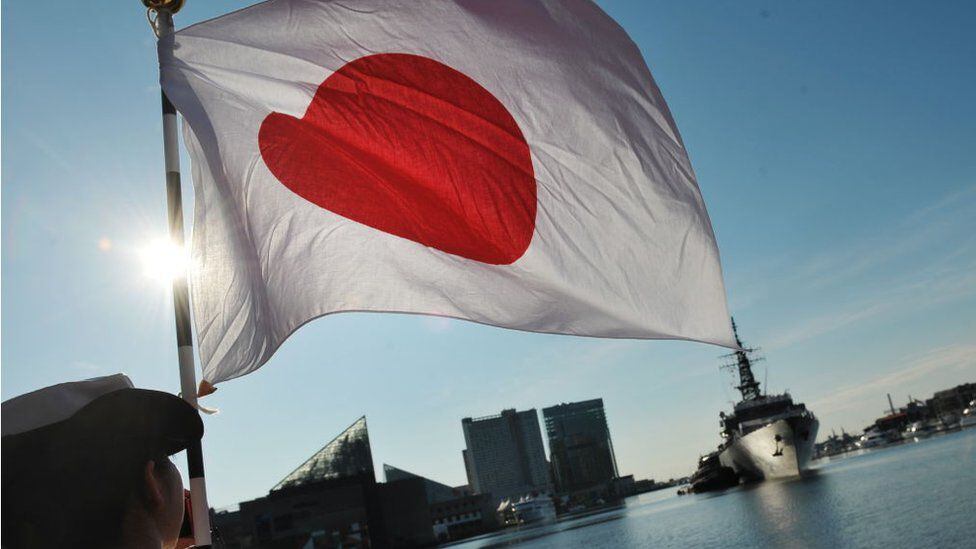At the end of September of last year, Japan It looked like a figure that would cause chills in any other country in the world and that, far from staying there, will continue to grow in the future.
Its public debt reached US$9.2 trillion, that is, 266% of its GDP, the highest among the main economies.
LOOK: “Cuban immigrants have privileges in the United States that no one else enjoys”
In comparison, that of the United States stood at US$31 trillion in the same period, but given the size of the world’s leading power, this amount is only equivalent to 98% of its GDP.
The reason for such a large figure is that the country has decades boosting domestic spending to keep your economy going.
Its citizens and businesses, who play a key role in economic growth, are extremely reluctant to consume and the state is often forced to spend for them.
“Private savings are huge and investment is weak, implying chronically weak demand,” says Takeshi Tashiro, a nonresident senior fellow at the Peterson Institute for International Economics.
“This in turn requires government incentives“.
“One of the causes of this problem is the demography of Japan. Its population is very long-lived,” which increases the costs of social security and state health care, he explains.
This causes retirees to have a lot of uncertainty about their future and prefer to save.
“It is expected that the aging of the population that sustains this situation continue for a long time“, Add.
But despite this large public debt, international investors continue to trust the country and each year they lend you money through purchases of your debt.
How is this explained?
Japan’s public debt began to skyrocket in the early 1990s, when its financial and real estate bubble burst with disastrous effects.
In 1991, that ratio was only 39%.

But from that moment on, the growth rate of the economy began to fall drastically, which reduced the income of the State, while circumstances forced an increase in spending.
When the In the 2000s, its debt was already over 100% and in 2010 it had doubled again.
The third economy in the world maintained a path of stimuli which only in recent decades has been amplified by events such as the 2008 Great Recession, the 2011 Fukushima earthquake and subsequent tsunami, and more recently the 2020-2021 Covid pandemic.
finance the expense
To cushion the impact of these events and maintain the annual budget in chapters such as education, health or defense, Japan, like almost all countries in the world, it sells bonds that finance its spending.
In other words, it places its debt in international markets with the promise of return it to the investor in its entirety plus a small profit.

stable and attractive
Investors then lend their money to the country, especially the most conservative ones who see these titles a safe place to put your money.
“In addition to the profitability obtained, the bonds of developed countries are highly liquid and can easily used as collateral for loans,” Tashiro adds.
However, with levels of debt that is equivalent to about two and a half times the size of its economyit is easy to think that the government would have a hard time paying that gigantic figure.
The reason that Japan’s debt has been sustainable over time and that the country has not fallen into default, experts explain, is that it has managed to keep the yield on government bonds very low -paying investors little- and very high confidence in the markets.
“There are investors who prefer stability to profitability and that is why they opt for Japan to place their excess savings,” economist Shigeto Nagai explained to the AFP agency.

pay little
“Japan has kept interest rates extremely low. Although the level of debt is very high, the government pay relatively little interest to your creditors. You can carry high debt indefinitely,” says Ken Kuttner, professor of economics at Williams College of Massachusetts.
The key is also that most of Japan’s debt is not denominated in foreign currency but in yen.
This makes your central bank less exposed to turbulence in international markets.
In fact, 90% of the debt is held by Japanese investors.
“There is not so much Japanese debt held by foreigners. It was around 8% last time I checked. Most of it is in the hands of Japanese financial institutions and the Bank of Japan,” says Kuttner.
What you get with this is “essentially monetize the government deficit”He says.
So the Japanese government sells bonds, which its central bank buys.

“Under the “QE” (stimulus) policy, the Bank of Japan has been buying large amounts of government debt to keep interest rates low in the long run, which is supposed to help stimulate the economy.”
“Consequently, the government does not have to find buyers in the private sector for all the debt it issues, and the little interest you pay on the debt comes back to the government. This is essentially monetizing the government deficit, which normally leads to high inflation; Disconcertingly, that has not happened in Japan,” explains the economics professor.
So while in the rest of the world interest rates have not stopped rising, in Japan they remain low.
“This is primarily due to the still stubborn deflation mentality of private households and businesses and a high degree of policy coordination between the government and the Bank of Japan”, explains David Kohl, chief economist at the investment firm Julius Baer.
Source: Elcomercio
I am Jack Morton and I work in 24 News Recorder. I mostly cover world news and I have also authored 24 news recorder. I find this work highly interesting and it allows me to keep up with current events happening around the world.

:quality(75)/cloudfront-us-east-1.images.arcpublishing.com/elcomercio/GE2TANJNGAYS2MJYKQYDAORRGU.jpg)



:quality(75)/cloudfront-us-east-1.images.arcpublishing.com/elcomercio/GLHJWAKRT5EGXM7Z5EG4QYL4KM.jpg)

